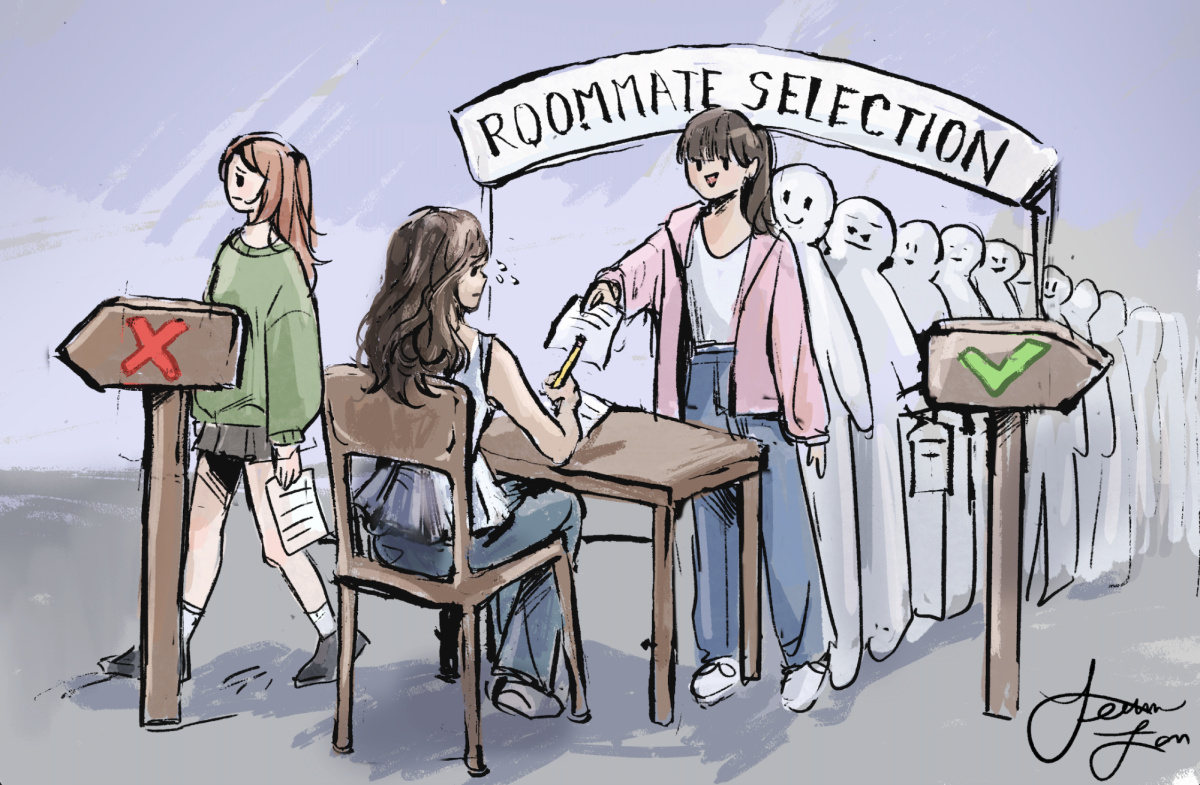In recent years, many U.S. colleges and universities have decided to make standardized tests like the SAT and ACT optional in their applications. More drastically, schools including University of California (UC) schools are no longer considering standardized test scores at all. Schools have cited equity as their reasoning for the change, pointing to the fact that SAT and ACT scores tend to be higher for more wealthy students and those belonging to overrepresented racial groups. However, research suggests that this change may increase bias in college admissions rather than reduce it.
In light of this, to continue admitting students based on merit while simultaneously improving socio-economic diversity, colleges around the country should require students to submit SAT and ACT scores as part of their applications.
Recent research has shown that standardized scores are a better predictor of future academic success than grades alone. In a 2023 academic study of the eight Ivy Plus (most selective American) colleges by Opportunity Insights, high school SAT scores were a better predictor of college GPA and later employment at a prestigious level than high school GPA. Additional research maintained this trend and found that the strong predictive relationship between SAT scores and college GPA remained consistent for students from both advantaged and disadvantaged high schools.
Part of the problem with relying on high school GPA solely to predict future academic success is recent grade inflation. This has been documented by numerous studies, including the ACT’s 2022 report that students averaging A’s have had declining ACT scores compared to a decade ago while the nationwide proportion of students averaging A’s has increased. Moreover, this inflation has not been equitable. A joint 2017 study by the College Board and the University of Georgia found that on average, gains in average GPA from 1998 to 2016 were unequal between high schools and favored students from schools that were wealthier and more white. This was determined based on a comparison of GPAs at public suburban and private schools, which tend to have larger proportions of higher-income students, to GPAs at urban public schools, which tend to have larger proportions of low-income students. GPA is biased, and it is becoming less predictive and meaningful as a greater percentage of students receive high grades.
Grades are not standardized, but the SAT and ACT are, meaning they can level the playing field for students with high potential from less privileged backgrounds. Although on average, low-income and underrepresented minority students will score lower on standardized tests, those students who do score moderately or exceptionally well can be noticed by selective colleges as having high potential. This is important for the college to identify because they may be ignoring that same student’s high grades, making the assumption that the rigor of their school’s coursework is low. Without the test score, they may not be convinced of the student’s merit.
So much of the college applicant’s resume is determined by their wealth, creating inequality in parts of the application beyond standardized test scores. More affluent students can pay to engage in costly extracurricular activities and have the free time to devote to community service rather than working or taking care of family members. Affluent students can hire private college counselors to help them articulate excellent essays.
Plus, the merit of any student’s achievements regardless of their income may be apparent to one admissions officer and not to another. With so much inequality and subjectivity, including more concrete measures like test scores (with an awareness of general inequalities within those scores) helps in comparing students with vastly different lives.
M.I.T. is one institution that became test-optional for two years (beginning with the 2020-21 freshman class) but has since reinstated the requirement. As a result, the school’s 2023-2024 freshman class is the most socioeconomically diverse one in M.I.T.’s history, according to demographic data provided by the admissions dean.
At a time when the Supreme Court has restricted affirmative action in colleges, the complicated goals of objectivity and social justice are both difficult to uphold. Moreover, with College Board’s phase-out of the paper SAT in favor of a new digital test, new concerns about income inequality and test performance are rife. However, at least in terms of the research currently available on the traditional SAT, both objectivity and diversity in college admissions can be improved when requiring standardized test scores.




